So, what can you expect on your next trip to the grocery store? American consumers likely will pay moderately higher prices at the store for some food products, particularly for processed goods that require additional links in the production chain.
“We’d expect to see the goods with a higher degree of processing to them, like breakfast cereals and a lot of pre-packaged, pre-cooked materials, to go up faster than a five-pound bag of flour,” Sartwelle suggests. “Those products have a lot more processing, transportation and marketing costs.”
Processed goods could see the highest increase in prices, but all food products must be transported to the grocery store, regardless of how many links in the production chain they encounter. Fuel will continue to impact food, but, as the price of oil comes back into equilibrium, consumers can expect eventual relief.
As the price of oil levels out, consumers likely will see a more gradual increase in food prices, reflecting the natural rise of prices over time. Overall, the American public will continue to pay a small fraction (approximately 10 percent) of their disposable income for food, and very few will experience the extreme level of hunger which is common in other nations around the world—something for which we are all grateful.
And, as for the men and women who grow our food, they will continue providing the produce, grains and dairy products that stock our grocery store shelves, while trying to maintain profitable and lasting businesses.
“Everybody has to make a living, and my fellow farmers and ranchers are no exception. Though they love the lifestyle, they still have to be able to feed their families, pay for the roofs over their heads, pay electric bills and send their children to college,” Huggins says. “It’s nice to think that food could be almost free, but we have to make a profit to stay in business.”

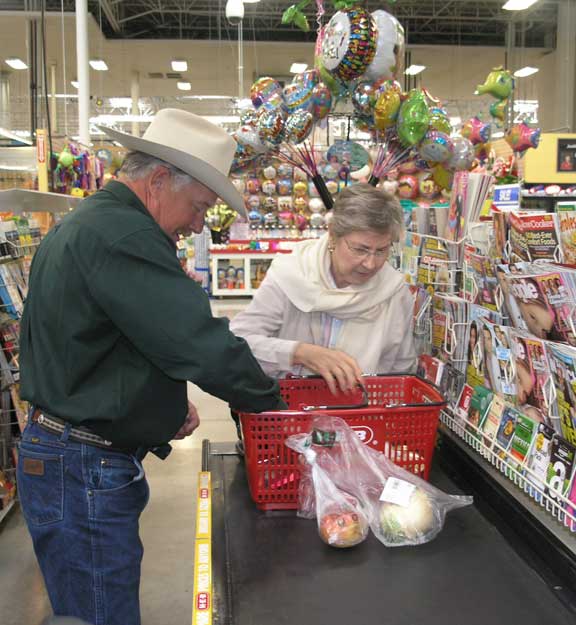
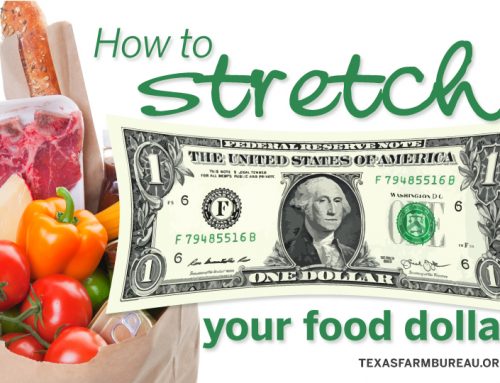
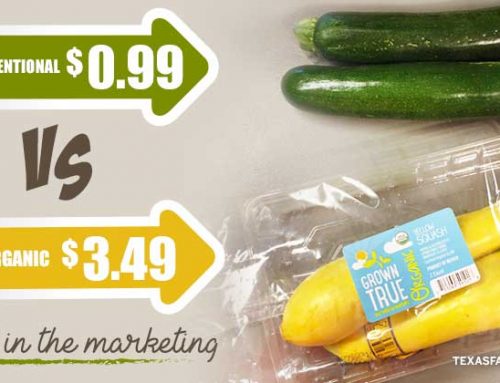
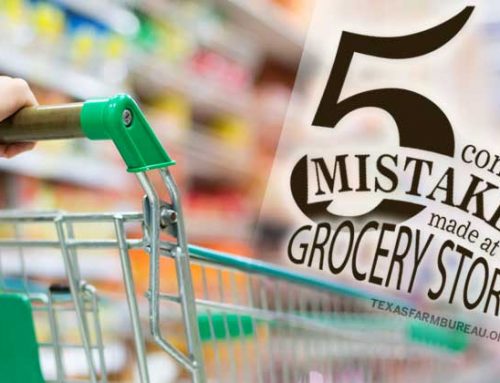
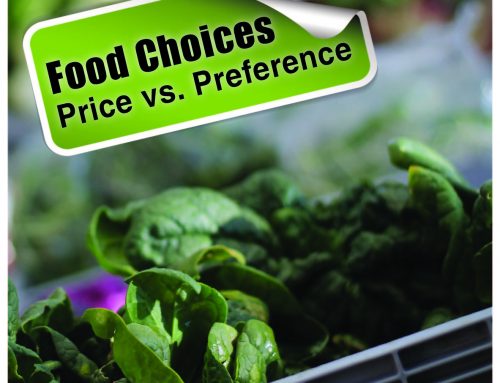





Leave A Comment